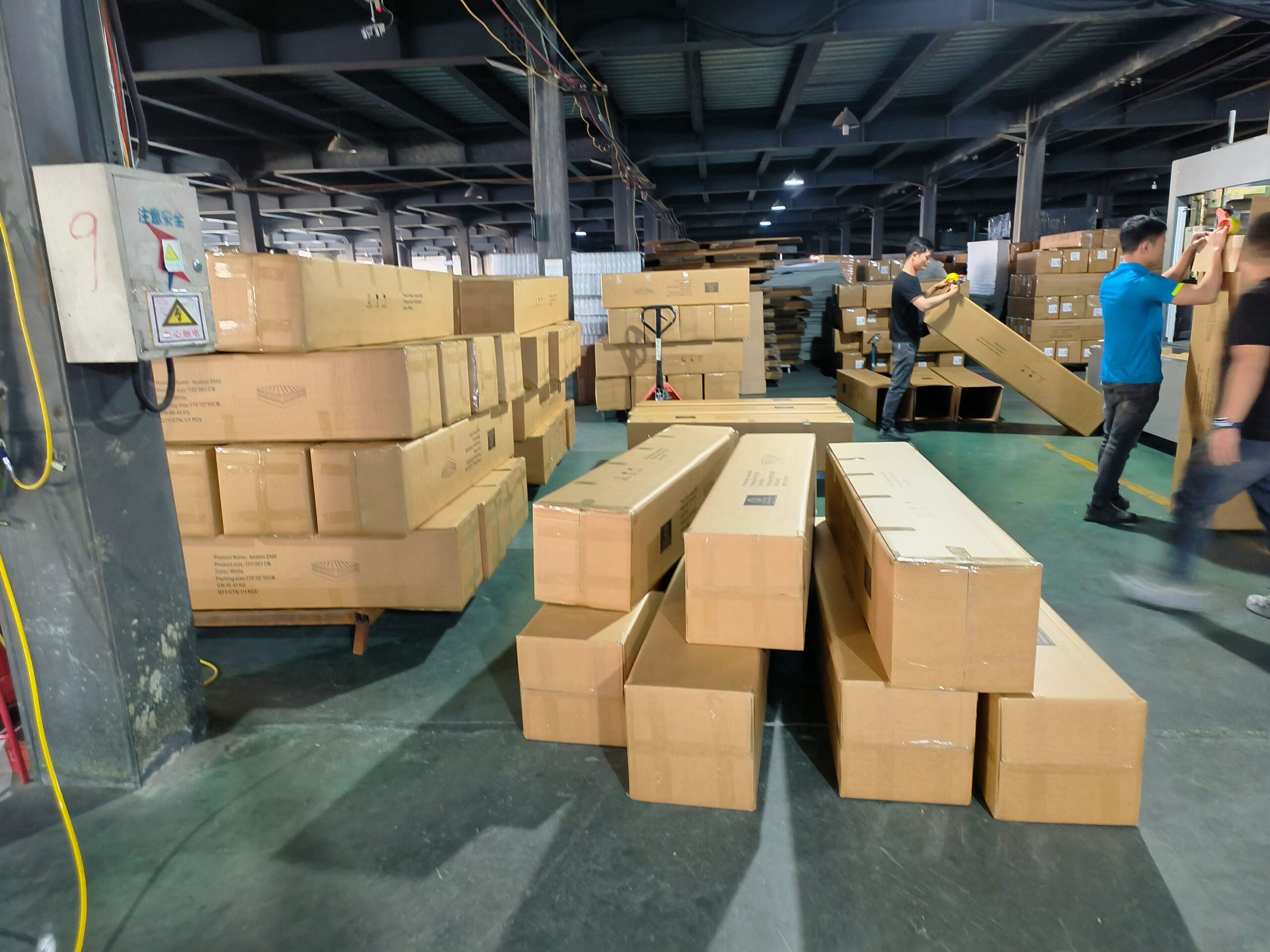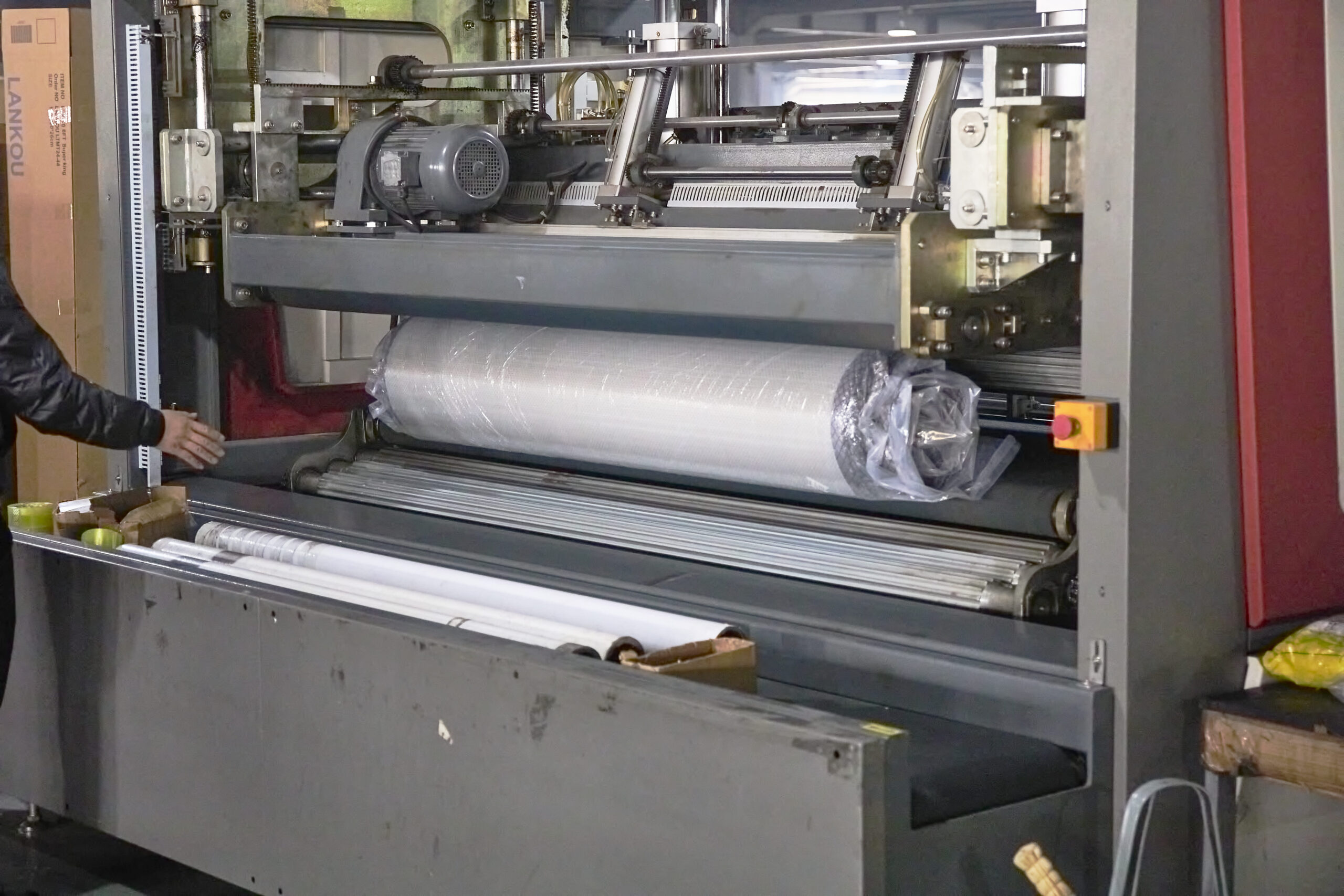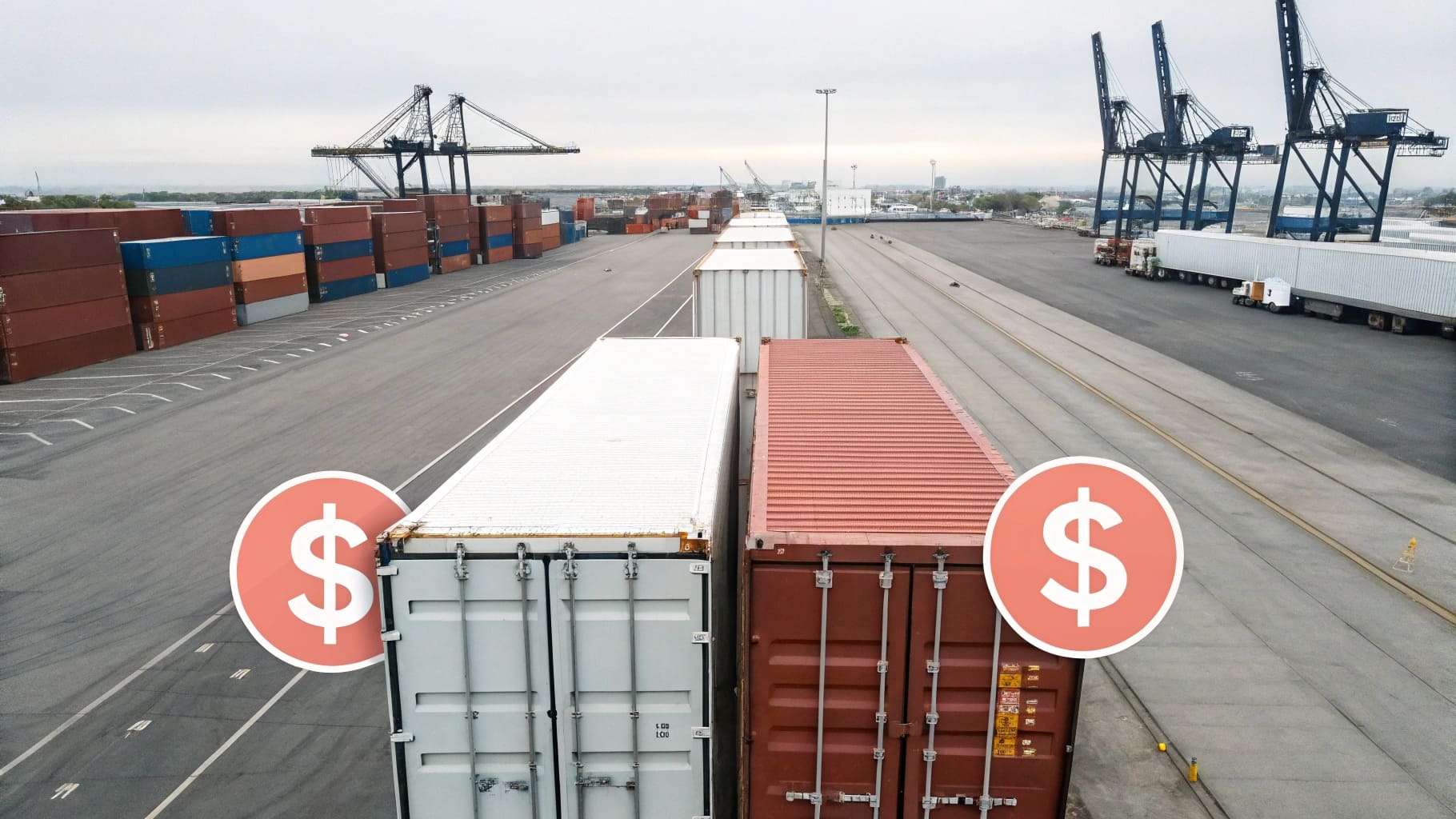Mattress shipping costs can quietly kill your margin—especially when the breakdown isn’t clear or predictable.
To optimize shipping costs for bulk mattress orders, businesses should use vacuum-sealed packaging1, prioritize full container loads (FCL), and include all landed costs such as VAT, port charges, and final delivery.

Shipping can feel like a black box. Many retailers like Radu ask the same question—how can I land my goods at the right cost, with no surprises later? I’ve shipped over 60 containers a month across Europe. Let me walk you through what works—and what doesn’t.
What packaging methods best protect mattresses during bulk shipping?
Courier damage and customer returns can wipe out your margin—even when the shipping price looks good.
Mattresses are best protected during bulk shipping using waterproof PE bags, double-wall cartons, vacuum-sealed compression, and packaging that meets courier drop-test standards to prevent damage in last-mile delivery.

Why packaging matters more than you think
Most mattress damages happen during last-mile delivery—not during sea freight. That’s why I always design my packaging with courier risks in mind. For Radu’s UK deliveries, we use:
| Packaging Component | Function | Tips for Cost-Efficiency |
|---|---|---|
| Waterproof PE Bag | Protects against moisture and warehouse dust | Use 450-gauge quality for long transit times |
| Double-Walled Box | Prevents punctures and edge crush | Match dimensions to product size |
| Vacuum-Sealed Foam | Saves space for container loading | Ideal for FCL—foam rebounds after unpacking |
| Drop-Test Approved Tape | Prevents box burst during courier handling | Reinforce all seams, especially corners |
| Foam Corner Guards | Prevents impact damage in courier sorting | Add only for premium or fragile orders |
For Radu’s models, especially king-size rolled foam mattresses, we vacuum-seal and double-box them. This allows safe courier handling with under 1% complaint rate.
Are there specific carriers with lower surcharges for oversized mattress shipments?
Not all carriers treat mattress shipments the same. Some will overcharge for every extra cm or kg.
Yes. Carriers like Maersk or ZIM offer flat FCL rates with fewer hidden fees, unlike courier services that penalize oversized loads.

How to choose the right shipping partner
From experience, I’ve seen how choosing the wrong forwarder can eat up profit. For mattress freight, I break it down like this:
| Carrier Type | Pros | Cons |
|---|---|---|
| FCL via Maersk/ZIM | Lower per-unit cost, fewer handling issues | Needs full container volume |
| LCL via Freightos | Good for mixed orders, flexible schedules | Higher per-unit fee, more touchpoints |
| Air (FedEx/UPS) | Fast, trackable | Huge surcharges for size and weight |
| DFS Worldwide | Door-to-door, handles customs | Must check local delivery limits |
For a 40ft container to Liverpool, I’ve negotiated $4,500 via Maersk. Radu once got $2,000 for a smaller LCL order, but it came with extra inland costs. Always compare the total—not just sea freight.
How do I calculate the total cost including additional fees for large orders?
You think the job is done after booking the container. Then surprise charges appear at the UK port or on the invoice.
To calculate total cost, include sea freight, port fees, VAT, delivery, packaging, insurance, and currency exchange.
%[total cost calculator2 mattress shipping]](https://dikapabed.com/wp-content/uploads/2025/03/mattress-shipping-cost-breakdown-UK.jpg "mattress shipping cost breakdown UK")
Real numbers from my shipments to the UK
Let’s break down a real example from one of my UK orders:
| Cost Component | Amount | Currency |
|---|---|---|
| Sea Freight (40ft FCL) | $2,000 | USD |
| Port Charges | £300 | GBP |
| VAT | £350 | GBP |
| Delivery (to warehouse) | £700 | GBP |
| Packaging (150 units) | $750–1,500 | USD |
| Insurance (1.5%) | ~$75 | USD |
Using the exchange rate 1 USD = 0.72 GBP, sea freight converts to ~£1,438. Total = £2,788. This doesn’t even include customs duties or unexpected handling fees. I recommend using Freightos Calculator to simulate all costs before booking.
What strategies can I use to negotiate better rates with freight carriers3?
Carriers love stable clients. If you know how to ask, they’ll lower the price—sometimes without you realizing it.
You can lower freight costs by negotiating FCL rates, locking contracts, shipping off-peak, and bundling services.

How I reduce cost on 60 containers/month
Over the years, I’ve developed a playbook to drive down shipping costs:
| Strategy | What It Does | My Tips |
|---|---|---|
| Volume Contracts | Locks better per-container rates | Start with 3-month term, renegotiate often |
| Off-Peak Shipping | Avoids peak season surcharges | Ship before/after Chinese New Year |
| Quote Matching | Use multiple quotes to drive negotiation | Always compare 2–3 forwarders |
| Bundled Services | Cuts customs and delivery charges | DFS Worldwide offers full-service bundles |
| Flexible Schedules | Book in advance to avoid premium slots | Use rolling production + rolling dispatch |
I’ve found that long-term relationships matter. When Maersk knows we send 60 containers/month, they treat us better. Radu prefers transparency, so I always break down quotes line by line before he even asks.
Conclusion
To control shipping costs, you need the right packaging, clear cost breakdowns, and smart freight negotiations.
-
Explore how vacuum-sealed packaging can save space and reduce shipping costs, ensuring your mattresses arrive in perfect condition. ↩
-
Learn how a total cost calculator can help you accurately estimate all expenses involved in mattress shipping, avoiding unexpected charges. ↩
-
Discover which freight carriers provide competitive rates and fewer hidden fees for oversized mattress shipments, helping you save money. ↩




